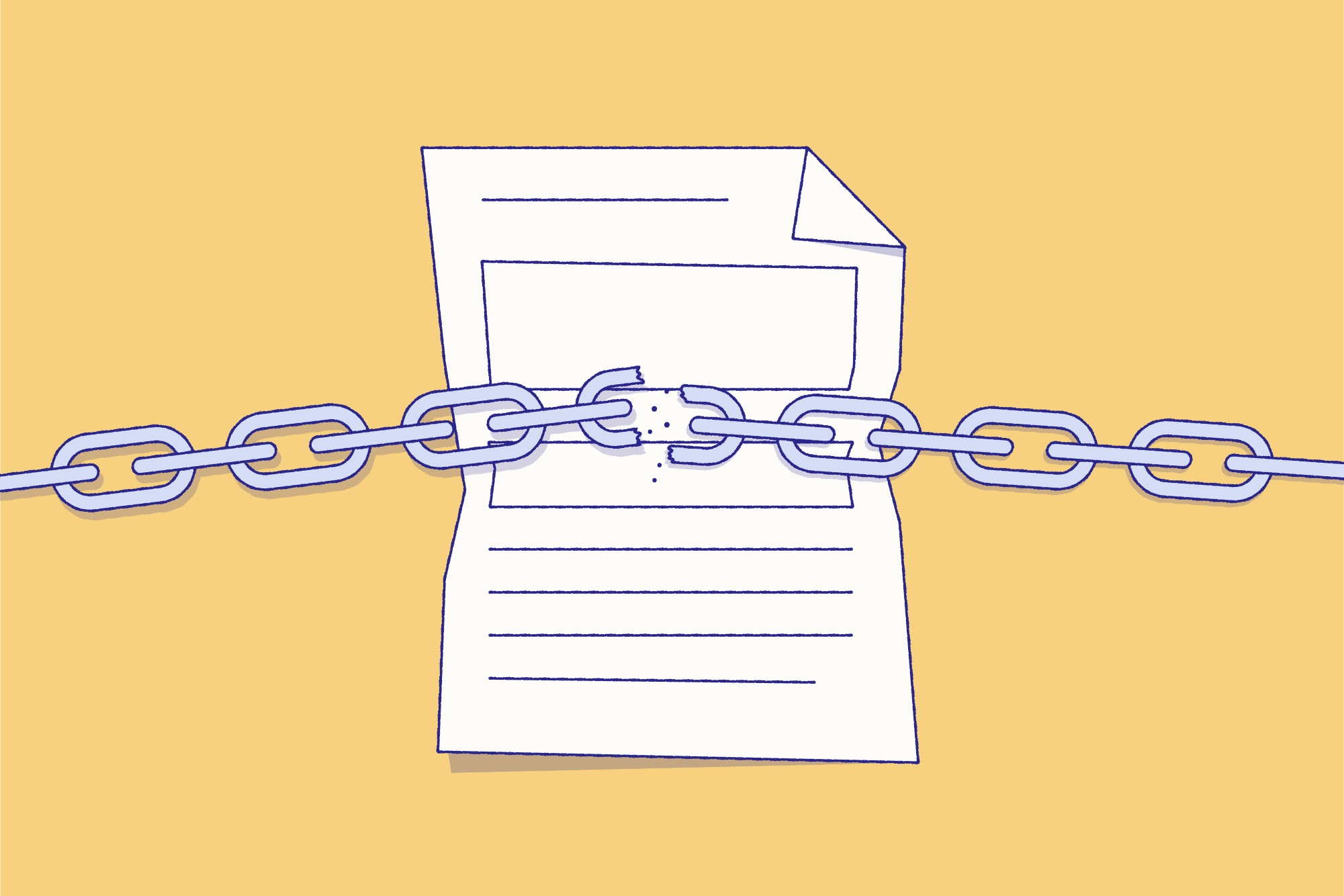How to manage mergers and acquisitions in procurement
Mergers and acquisitions present unique challenges and opportunities for Procurement. There are ways to get ahead of the chaos during M&A due diligence that will save both the bottom line and end-users sanity when two or more companies merge. By being involved in the diligence process, procurement pros can smooth transition and achieve optimum efficiencies.
Know the landscape
During due diligence, map out the target company’s current procurement process and systems. How are strategic purchases made? What catalogs are in place and in daily use? Does procurement have strategic control of spend, influence, or are they just processing orders? Do they have a comprehensive source-to-pay strategy, and how is their compliance with that strategy? Is the current procurement department a well-oiled machine or an abandoned orphan?
Start with process and software but go beyond a Visio diagram to understand the delta between what’s “supposed” to be the process and what actually happens every day. Understanding the current landscape will help you to plan how to merge this new organization with your own.
Dig into the data
You will get a better picture from the data than you might from people. Start with a full dump of invoice (not PO) data and purchasing card statements. Always start with the money—contract databases and spreadsheets are notoriously incorrect.
What percentage of invoices have a 3-way match to PO and req? What is the average days to pay? These two stats will give you a good snapshot of how mature the purchasing process is, and how happy or unhappy the supply base may be. From here, you can identify the strategic suppliers and begin to map out contractual obligations.
Evaluating contracts
This should be where you start to target savings. Try to get a copy of all strategic contracts during diligence—it will be harder to put your hands on them after closing, trust me. Identify the commodity, end date, assignment restrictions, and termination clauses. Many contracts require written notice to assign and you will need to allocate resources to this task. Pay particular attention to no-assign and clauses that require permission from the vendor—you should share these with your legal team as early as possible.
A common misconception is that a larger company always gets better pricing or terms from the same vendor. This isn’t always true! Carefully evaluate by commodity and line to determine if there are any top-line savings you can leverage. It’s possible for you to choose either the parent or the subsidiary as the “master” contract in a go-forward world.
Manage the change
Colleagues impacted by M&A activity are very sensitive and at a high risk of turnover. Change management is always important in procurement but it is especially critical following mergers and acquisitions. Before implementing any change to approvals, systems or processes, ensure that your message is consistent with broader communications. What you may see as a minor change (adding an approver to purchase requisitions, for example) can easily be misinterpreted as a change to authority or even a harbinger of reorganization. Minor concerns quickly gain executive visibility following M&A activity, and unintended consequences abound. Don’t let the fear of missteps prevent you from communicating, or worse, from making needed changes—just be on the lookout for pitfalls.
When communicating with newly on-boarded employees, you will need to be “louder” than usual, providing multiple touch points and followup. This is an overwhelming time, and a single email about procurement can easily get lost in the shuffle, especially if your new team-mates are making other technology changes. Communicate twice as often, have double the number of training sessions, and allow for more time.
When in doubt, source it out!
M&A is a great reason to test the market on all sorts of commodities. Sharpen your RFQs and make sure you get market pricing on any item where your overall spend is increasing by a significant measure, either in dollars spent or quantity purchased. Use your new volumes to drive cost savings and improved service not just in the company you’re acquiring but at your own organization. Consider an automated sourcing solution like Fairmarkit to maximize your team’s time.
Keep calm and pay the bills
During any M&A integration, mistakes will be made. As you adopt new processes and procedures, people will miss memos, get upset and get frustrated. Stay calm and focused on the key operations of the business—have the phone and internet bills been paid? Are your key suppliers and key decision-makers informed? Change takes time and acquisition-related change is particularly challenging; your poise and steadfast demeanor will carry through any fires or explosions.





